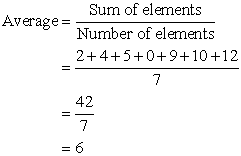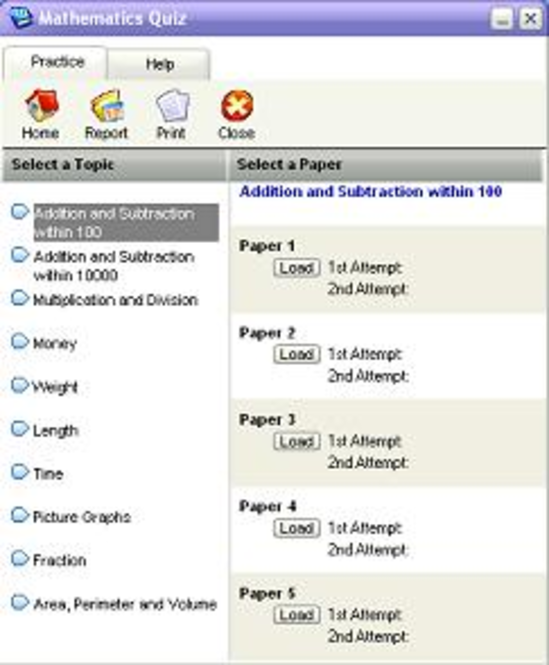

Make sure to write the time and any remarks on the chart correctly. Check the order for when it would be given and when was the last time it was given. Check and verify the order (i.e., per orem, IV, SQ, IM) Be aware of the difference between an adult and a pediatric dose. Check the medication sheet and the doctor’s order before medicating. Even if you know that patient’s name, you still need to ask just to verify. Ask the name of the client and check his/her ID band before giving the medication. Check out The Joint Commission’s list of look-alike/sound-alike drugs. These look-alike medication names may also sound alike and can lead to errors associated with verbal prescriptions. Misreading medication names that look similar is a common mistake. Beware of look-alike and sound-alike medication names. The first right of drug administration is to check and verify if it’s the right name and form. Nurses, who are primarily involved in the administration of medications, benefit from this simplified memory aid to help guide them to administer medications safely. Understanding the 10 Rights of Drug Administration can help prevent many medication errors.

Always follow the specific directions as noted on the screen.In this question format, you’ll be asked to perform a calculation and type in your answer in the blank space provided. The fill-in-the-blank question format is usually used for medication calculation, IV flow rate calculation, or determining the intake-output of a client.

NCLEX Tips for Dosage Calculation Questions This is your study guide to help you refresh or review what you know about drug dosage calculations, including tips on answering them. So, take the leap and elevate your career hassle-free! We’re dedicated to keeping this service accessible and cost-free, especially for our amazing students and nurses. A sincere promise from Nurseslabs: we have not and won’t ever request your credit card details or personal info for our practice questions. Skip the hassle – no sign-ups or registrations here. Guess what? Our test banks are 100% FREE. Share Your Thoughts: We’d love your feedback, scores, and questions! Please share them in the comments below.Learn from Rationales: After submitting, click View Questions to understand the explanation for each answer.Double-check your answers or see if you’ve missed any before clicking the Finish Quiz button. Review Before Submitting: Once you’re done, you’ll be directed to the Quiz Summary.Only after you’ve answered everything will the answers and rationales be available. Complete the Quiz: Ensure you answer all questions.Take Your Time: No rush! Read each question thoroughly and pick the best answer at your own pace.You are here to learn! Make sense of the rationales and review the drug dosage calculations study guide below. Remember to answer these questions at your own pace, and don’t forget to read the rationales! Don’t be discouraged if you have incorrect answers. As you can tell, this NCLEX practice exam requires tons of calculations, so get your calculators ready!

Included topics are dosage calculation, metric conversions, unit conversions, parenteral medications, and fluid input and output. This nursing test bank set includes 100+ questions broken down into four parts. In this section are the practice problems and questions for nursing dosage calculations. This quiz aims to help students and registered nurses alike grasp and master the concepts of medication calculation. As a nurse, you must accurately and precisely calculate medication dosages to provide safe and effective nursing care. Welcome to your NCLEX reviewer for nursing drug calculations! In this nursing test bank, practice dosage calculation problems to measure your competence in nursing math.


 0 kommentar(er)
0 kommentar(er)
